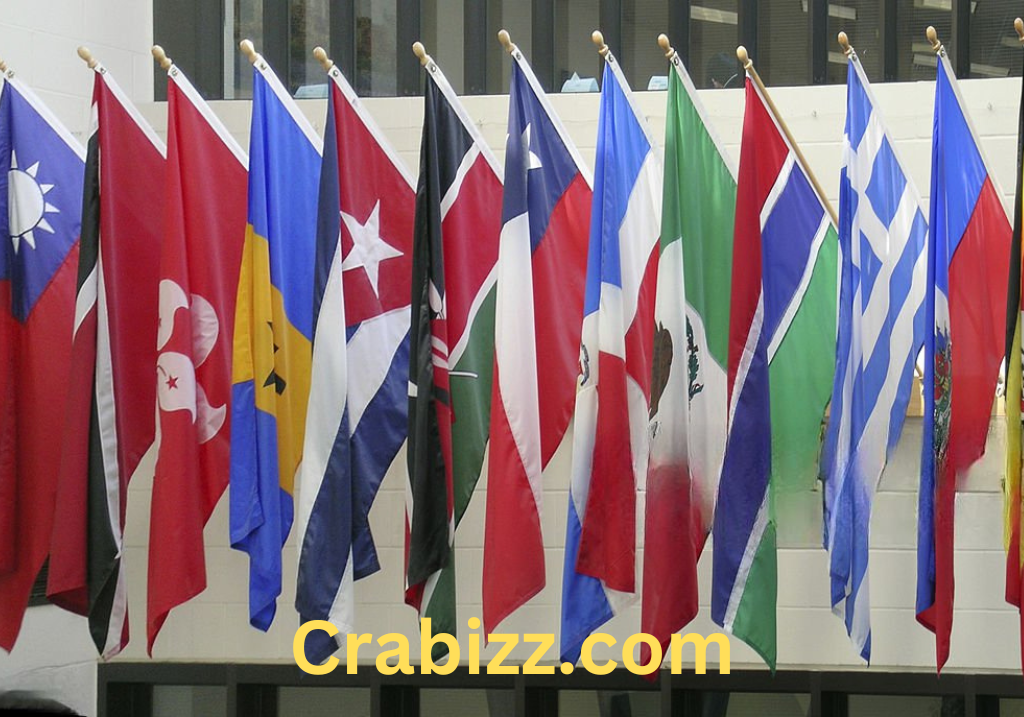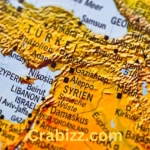The BRICS Nations is the grouping of five countries – Brazil, Russia, India, China, and South Africa – that are collectively redesigning the rules of global politics and economics. The five new MSEs’ common objective is to alter the Western aegema in the world system, advocate for polycentrism, and enhance mutual economic development.
This paper establishes that as the power of the BRICS bloc increases it affects the global system in economic, geopolitical, and social terms. This article attempts to give a comprehensive analysis of the BRICS countries with focus on the formation of the group, aims and accomplishments, problems faced and trend of the future.

What Are the BRICS Nations?
BRICS is an acronym representing five major emerging economies:
- Brazil
- Russia
- India
- China
- South Africa
It was actually formed in 2006 (previously BRIC) and South Africa joining the group in 2010. It should be noted that BRICS is not an organisation with an office or a secretariat; it is a cooperative platform that unites the countries discussing the important concerns and collaborate on them.
Key Characteristics of BRICS Nations
- Large Populations: BRICS countries summed up more than 40% of the world’s population altogether.
- Economic Powerhouses: Combined, they account for around a quarter of world’s Gross Domestic Product.
- Diverse Economies: It consists of post-industrial developed countries like USA, developed countries which are exporters of resources such as Russia & Brazil and skills export of country like China and service Providers like India etc.
The Formation of BRICS Nations
BRIC was coined by economist Jim O’Neil in 2001 referring to Brazil, Russia, India, and China that survived as major economic prospects. The grouping became however formal in 2006 when the UN General Assembly convened a meeting of foreign ministers of the countries.
Timeline of Major Events
- 2001: Jim O’Neill coins the term “BRIC.”
- 2006: First formal BRIC meeting during the UN General Assembly.
- 2009: First BRIC summit in Yekaterinburg, Russia.
- 2010: South Africa joins, transforming BRIC into BRICS.
- 2024: Focus on expanding influence and addressing global economic inequalities.
Goals and Objectives of BRICS Nations
The BRICS nations aim to achieve several strategic objectives:
1. Growth and Development of Low Income Countries
- Creating and developing trade and investment between member states.
- Reducing reliance on Western-dominated financial systems.
2. Reforming Global Governance
- Working towards improved representation of the African countries in international organizations such as the United Nations; International Monetary Fund; and the International Bank for Reconstruction and Development.
- Inclusion of support for a multipolar world in order to put pressure on the United States and European Union.
3. Fostering Technological Collaboration
- Enhancing cooperation in technology, innovation, and science.
- Promoting digital transformation across member nations.
4. Addressing Shared Challenges
- Challenges such as climate change, food security and development challenges.
- Improving health system and pandemics readiness.
Economic Contributions of BRICS Nations
The BRICS economies are significant players in the global economic landscape:
1. Brazil
- Key sectors: Agriculture; electricity, water and any minerals such as gold, diamond, platinum etc.
- The country principally exports soya beans, coffee, and beef and is referred to as the world’s bread basket.

2. Russia
- Key sectors: Energy and defense.
- With Russia being among the largest exporters of oil and natural gas in the globe, has certain level of energy capability.
3. India
- Key sectors: Computer and telecom, pharmaceutical and healthcare, other business services.
- Now the India has successfully established in terms of Information Technology and now the country is among the largest exporter of generic medicines.
4. China
- Key sectors: Industry, electronics and construction.
- The largest exporter and an innovator in innovative sectors such as artificial intelligence and the fifth generation wireless technology.
5. South Africa
- Key sectors: Mining and tourism.
- Being a leading global supplier of gold and platinum among other gems, South Africa also has access to the African markets.
Achievements of BRICS Nations
Since its inception, BRICS has made notable achievements across various domains:
1. New Development Bank (NDB)
Created in 2014, the NDB offers credit for development of infrastructure and sustainable initiatives in the BRICS and other emerging market countries.
2. Contingent Reserve Arrangement (CRA)
The CRA is a type of financial insurance mechanism intended to solve temporary balance of payment facility problems among members, thus, share of the IMF.
3. Annual Summits
Regular summits allow BRICS leaders to align their policies and initiatives.
4. Trade and Investment Growth
Inter-BRICS trade has grown substantially, fostering deeper economic integration.
Challenges Facing BRICS Nations
Despite its successes, the BRICS bloc faces several challenges:
1. Internal Disparities
They state that its member countries have quite different economic and political interests, which also prevent the formation of unified positions.
2. Geopolitical Tensions
Conflicts between members, such as India-China border disputes, pose significant hurdles to unity.
3. Limited Institutional Framework
BRICS cannot be compared to the like of the EU and NATO since it does not possess a structured formal institution through which it may embark on the implementation of policies to support the group.
4. Global Economic Pressures
Inflation, supply chain disruptions, and global financial instability affect BRICS nations differently, creating uneven impacts.
BRICS Nations and Global Influence
BRICS nations are actively working to expand their influence on the world stage:
1. Trade Partnerships
The bloc is exploring trade agreements that bypass the U.S. dollar, reducing reliance on Western financial systems.
2. Expansion Plans BRICS Nations
Negotiations to expand the membership base of the G20 (for example, to include Saudi Arabia and Indonesia) is current in order to increase the informational impact of the group.
3. Climate Leadership
BRICS nations are collaborating on renewable energy initiatives and carbon reduction strategies.
4. South-South Cooperation
The promotion of cooperation relations with other developing countries is a precondition for BRICS to enhance the representation of the Global South.
Future of BRICS Nations
1. Economic Diversification BRICS Nations
We believe that it is understood that BRICS nations need to diversify their economies as markets around the world become more complex.
2. Technological Advancements
AI and renewable energy together with digital networks are crucial as they define the EU future path.
3. Greater Collaboration
Deeper collaboration in trade, technology, and governance will enhance the bloc’s global standing.
4. Global Leadership BRICS Nations
For this reason, BRICS still has a future as an organization as it aims to depose the western imperialism in governance structures.

Conclusion
The five-so-called emerging powers or the BRICS nations ports yet another image of the changing world. Through the support of the economic progress, promotion of policies for the multipolar cooperation, and the statement of the common threats BRICS is still presenting itself as a powerful actor on the world arena.
With the change in the bloc, the competency in handling current issues inside the bloc and exploiting opportunities in the outside world will define its future position in the global market.



